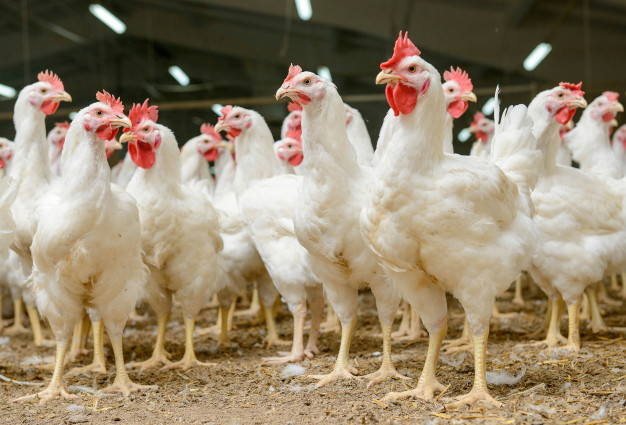Dmitry Aveltsov, director of the Russian Agricultural Ministry’s analytical centre said this in a statement posted in an in-house government publication. The average price for pork is expected to drop by 5% next year, dragging down poultry prices, Aveltsov said.
Russia has a self-sufficiency level for poultry and pork of over 100%, which is pushing prices down, he added. Pork production is likely to grow further, since not all projects which have been newly built in the past few years have become operational yet, Aveltsov said.
The poultry segment could get some support from customers switching from more expensive protein sources. The demand for beef on the Russian market, for example, is predicted to go down even further – it has already slumped from 18 kg to 14 kg per capita over the course of the past several years, Aveltsov said. The Russian population’s weakening purchasing power could lead beef to being substituted with poultry in the consumer’s shopping baskets, he said. In 2020, the demand for poultry in Russia shrank by 2.8% to 5 million tonnes, the Russian Union of Producers estimated.
On 22 December, the State Duma, the lower house of the Russian Parliament, approved the second reading of the bill on state regulation of staple food prices initiated by the government. The government has the right to set price ceilings for a period of up to 90 days for a list of social vital goods, including poultry. Earlier, the Russian government could exercise that right only if the growth of prices for those goods totalled or exceeded 30% for 30 consecutive days. The new bill would enable the government to respond more rapidly to price increases, said State Duma’s First Deputy Speaker Alexander Zhukov.
Business asking for aid
In response to the new bill, the Russian union of poultry producers Rosptitsesoyuz has appealed to the Russian government requesting state aid for poultry farmers. The low retail prices go hand in hand with skyrocketing production costs, Rosptitsesoyuz warned: “The production costs have jumped by 15% to 20% in the past year due to the Russian Rouble’s depreciation and the rise in prices for grain and oils. Despite that and the consecutive fall in profitability, poultry farmers have been trying to limit the growth of prices for broiler meat and eggs,” Rosptitsesoyuz said.
In October 2020, Rosptitsesoyuz filed a similar request for financial aid to the Russian government. However, local analysts believe that this time, the business union has more chances to succeed, considering recently introduced government price regulations on the domestic market.
PoultryWorld




